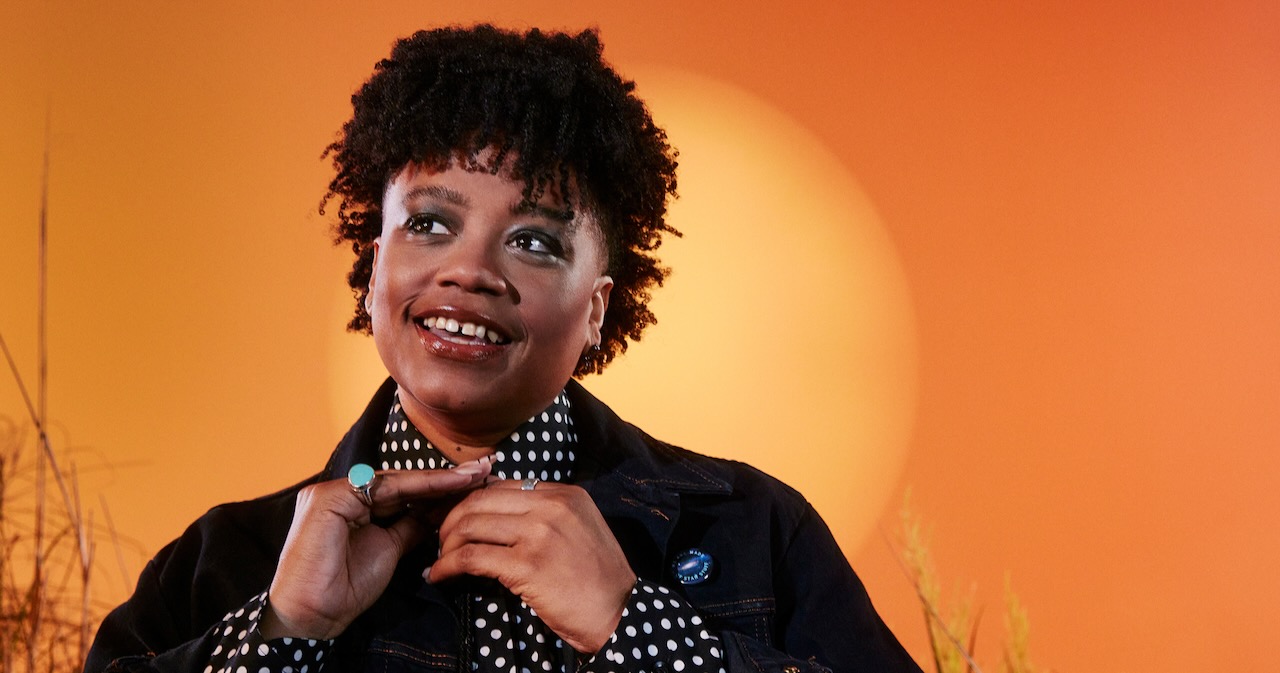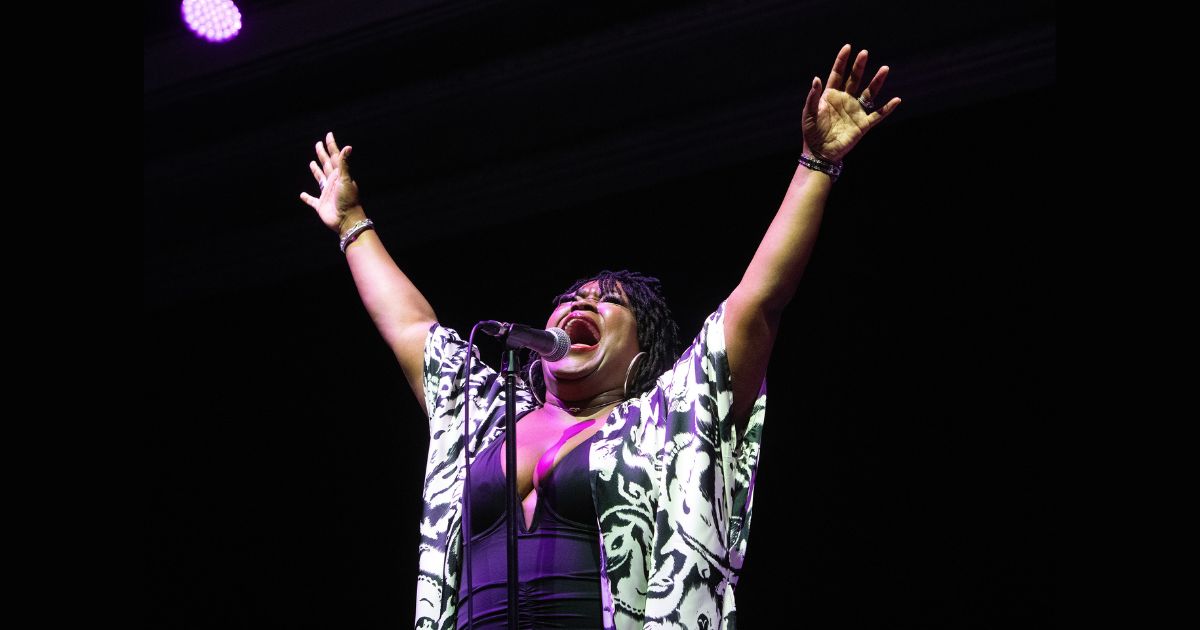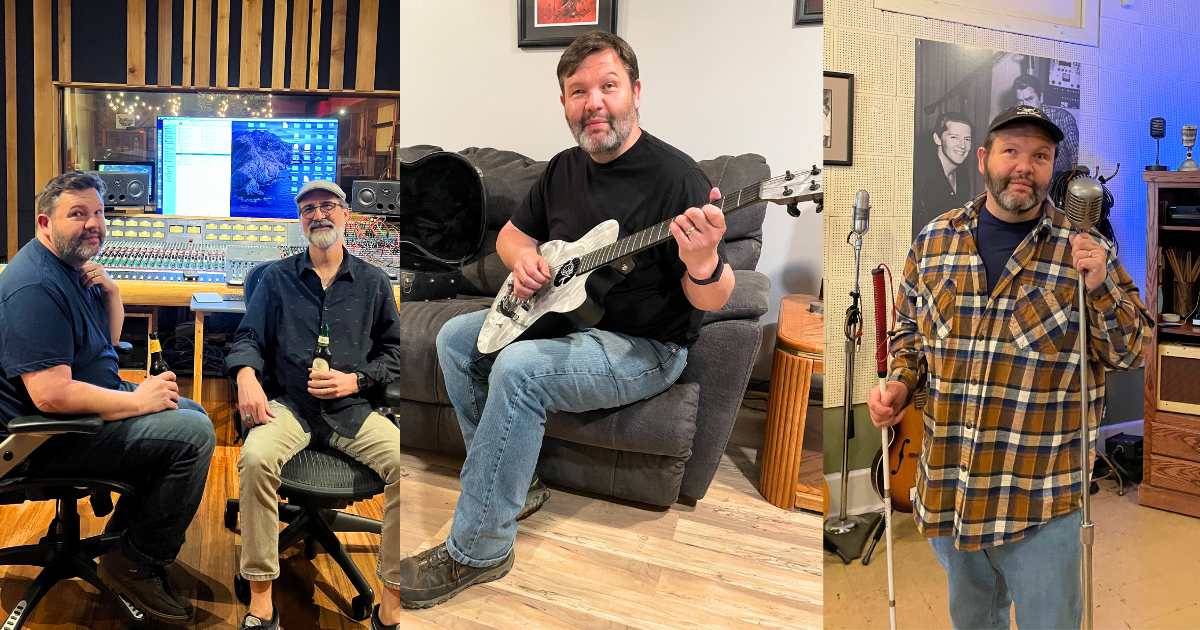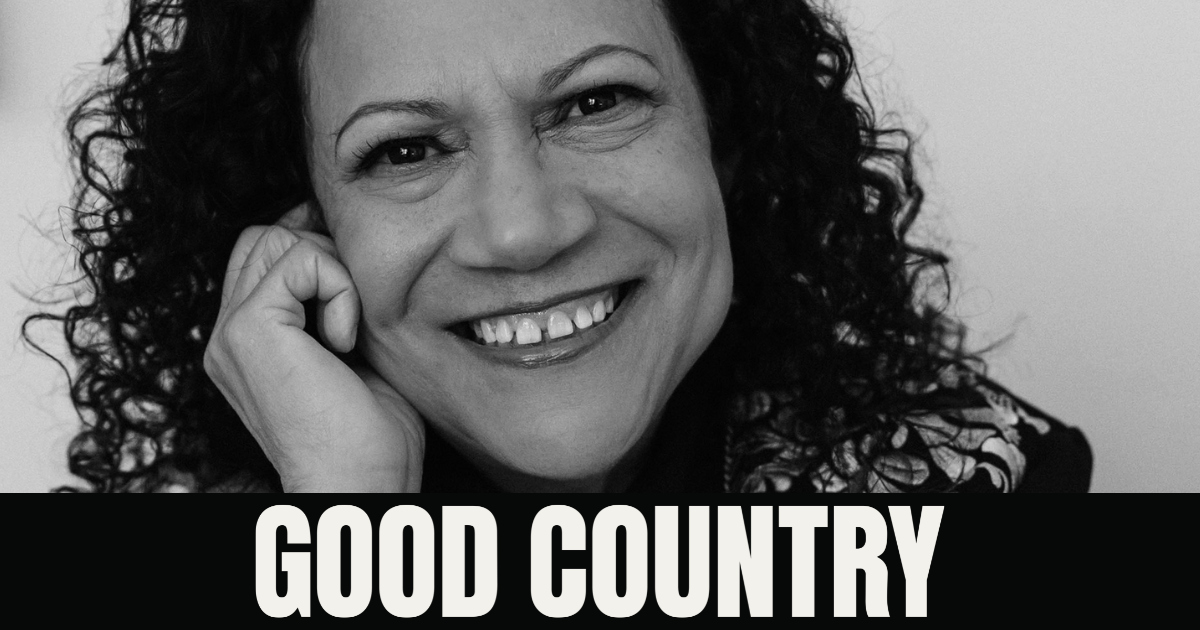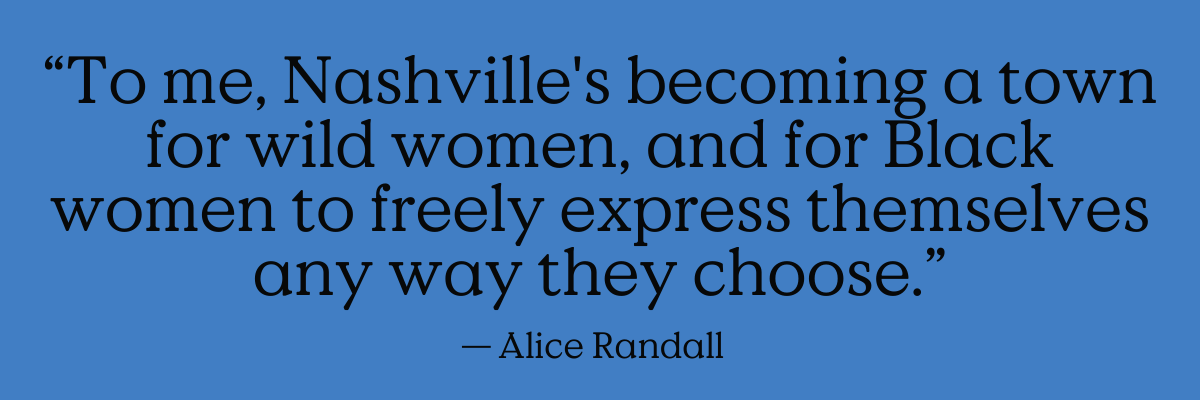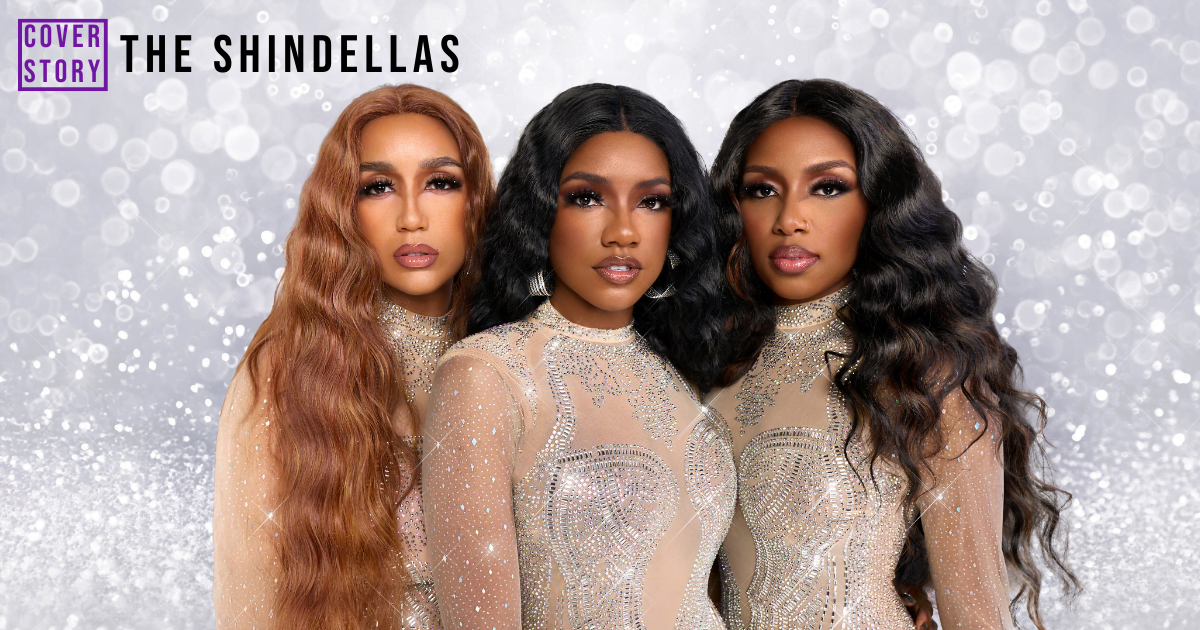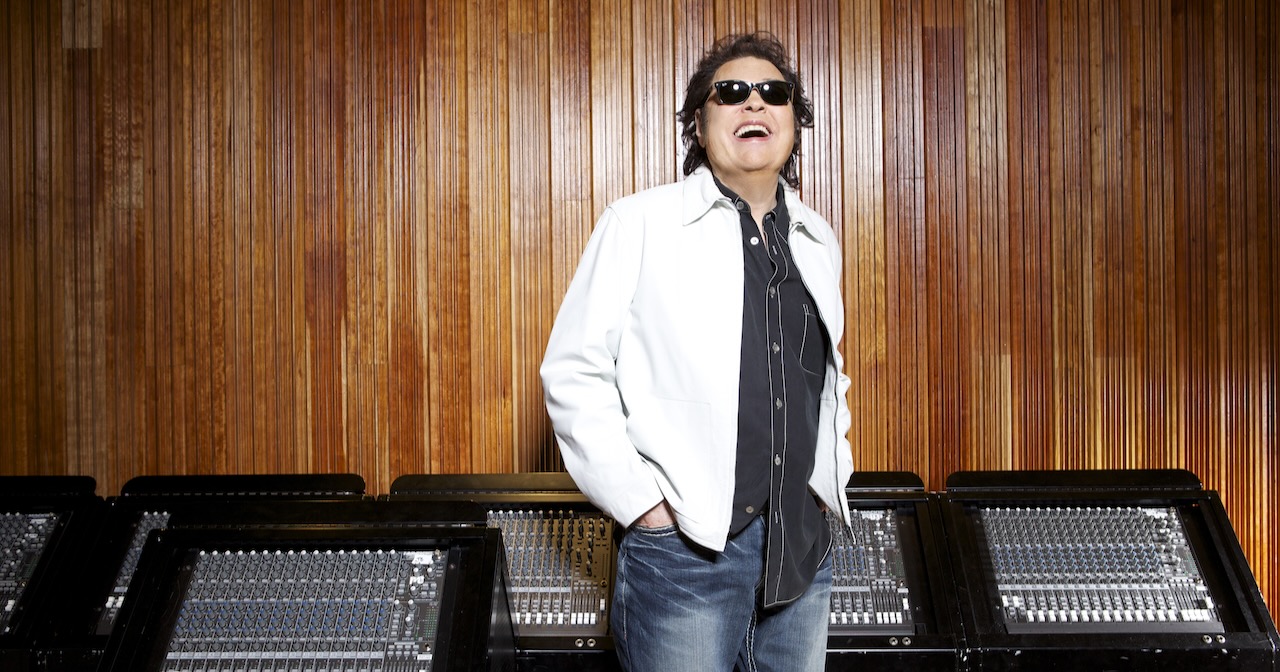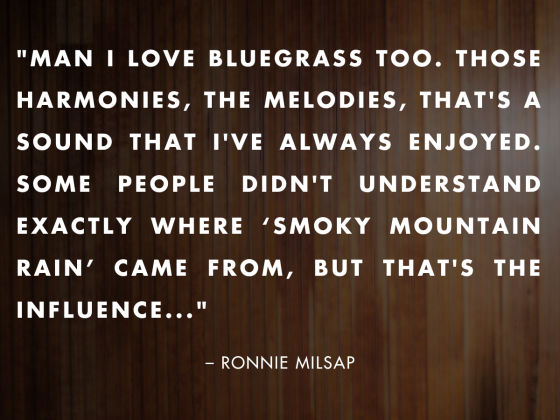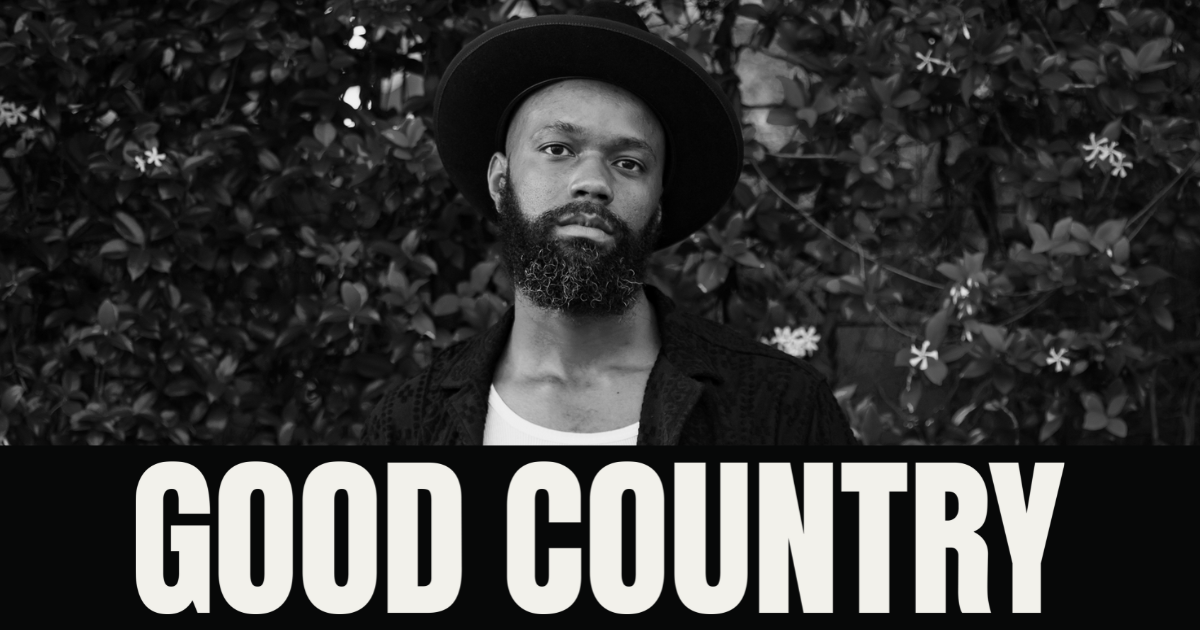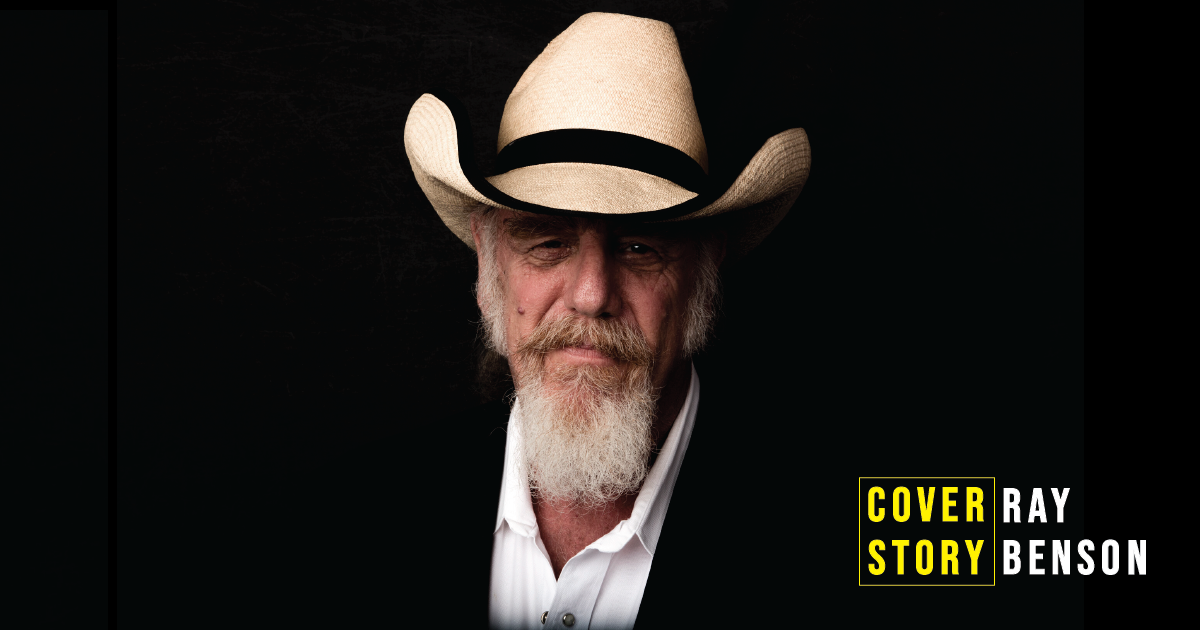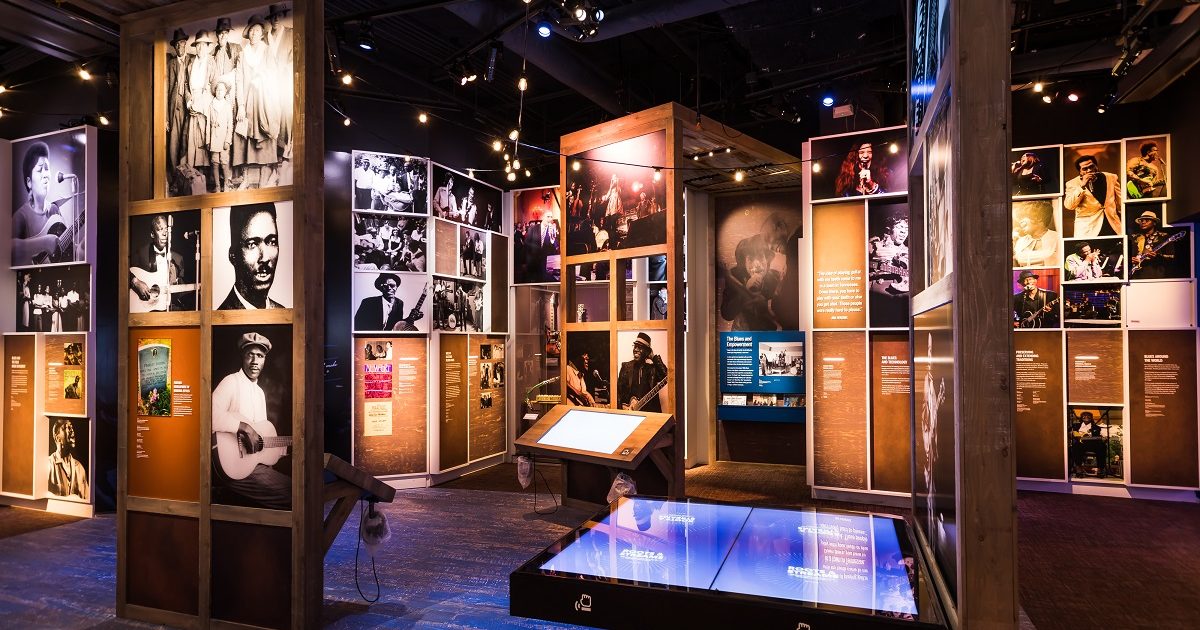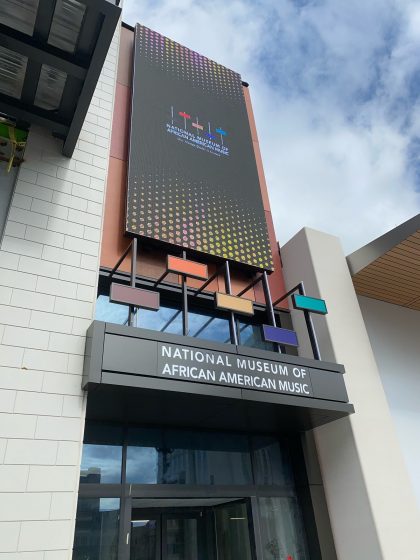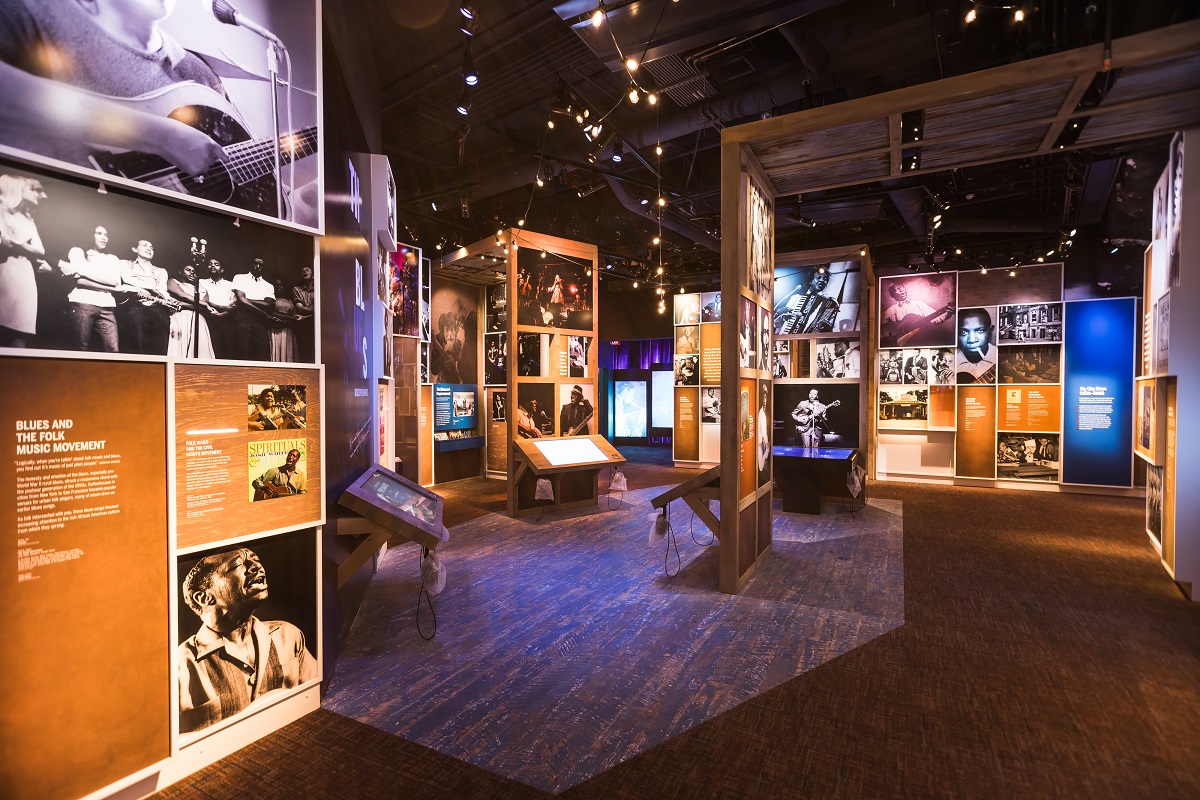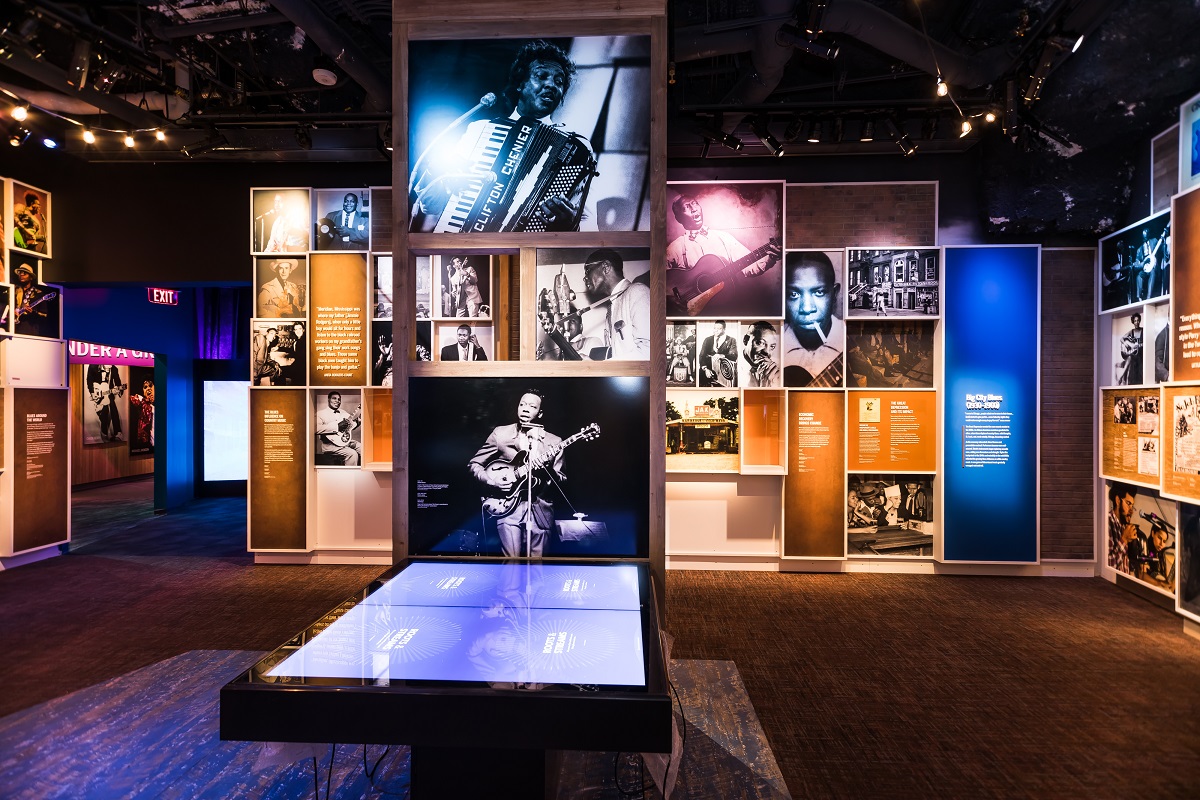The mercurial husband/wife duo The War and Treaty are now riding a wave of success with an outstanding new LP, Plus One. Their fourth album, it’s out today, Valentine’s Day, on Mercury Nashville. They are also about to embark on a 30-city tour in March.
Two words recur throughout any conversation with Michael and Tanya Trotter, as they did during our extensive phone interview: Authenticity and collaboration.
“We titled it Plus One, because it’s really all about collaboration,” Michael said, getting things started. “That’s really been the key for us, especially since we came to Nashville and began working with the country community. They have been so open and willing to work with us, to listen and to hear what we have to say when we’re writing or when we’re in the studio.”
“For us, it’s really always important that we be true to who we are and what we do,” added Tanya. “That’s really been what we strive to do and the audiences really seem to enjoy it.”
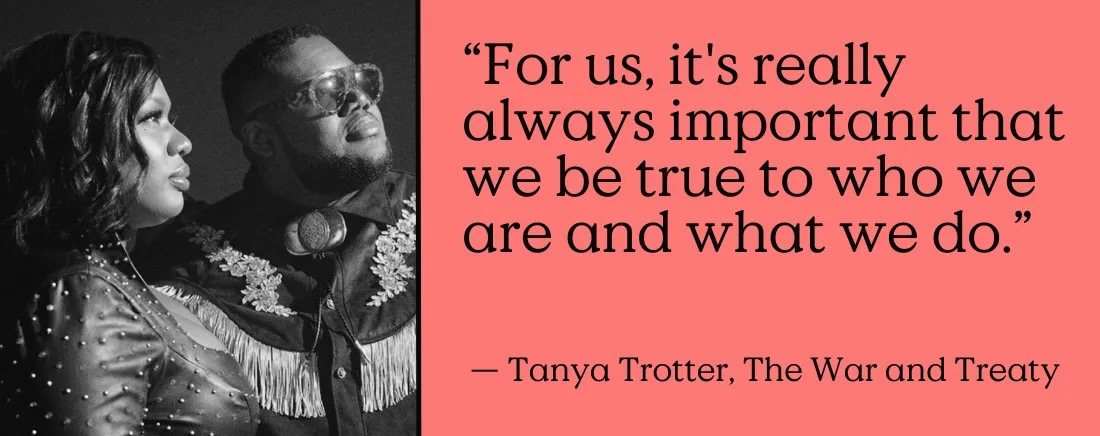
Indeed, the pair earned multiple standing ovations during the opening night of a recent three-night engagement at the Schermerhorn Symphony Center in Nashville. Backed by the Nashville Symphony Orchestra, they went through a powerhouse nearly 90-minute performance, doing both fresh material from Plus One along with tunes from their earlier LPs such as the masterful “Blank Page,” as well as the glorious “Can I Get an Amen,” and a host of other numbers. They even performed a trio of Ashford & Simpson compositions, among them “Ain’t No Mountain High Enough” and “Ain’t Nothing Like the Real Thing.”
“Working with the Symphony was really inspiring, but it was also different for us,” Michael said. “They were so great and we just had to make sure that we were on pace in terms of timing and keeping things going.”
“They were really fantastic,” added Tanya. “They really give you a lot of energy and they were so great playing behind us.”
It’s been quite a ride for the Trotters ever since their debut album, Love Affair, was released. Prior to that, from 2003 to 2007, Michael was in the United States Army. He was a Private First Class assigned to the 1st Battalion, 6th Infantry Regiment, 2nd Brigade, 1st Armored Division and served in Iraq and Germany. During his deployment, his unit was encamped in one of Saddam Hussein’s private palaces, which had a piano in its basement. Michael learned how to play the instrument when his company commander, Captain Robert Scheetz, encouraged him to toy around with the piano knowing he had a passion for singing. Scheetz was killed on a mission shortly after, and Michael wrote his first song in Scheetz’s honor and sang it at his memorial. He then began performing at the services of other fallen soldiers.
When they began working together the couple were initially known as Trotter & Blount. A year later, with their new name the War and Treaty, they released an EP, Down to the River, which was a superb combination of multiple idiomatic references. It had blues and soul feeling in the lead vocals and harmonies, the intensity of gospel in the performances, and the storytelling charm and acumen of country in its lyrical treatments.
Yet, it also identified the one characteristic about the War and Treaty’s music that has proven perplexing. Because they are so naturally eclectic in terms of musical choice and performance style, they were immediately embraced by the Americana audience. Later they were subsequently welcomed by the country market. But they’ve never been able to generate much momentum or traction within the urban contemporary (what was once termed the soul or Black) market. Despite having a sound as soulful as it gets, and being deeply entrenched in traditional Black music (both popular and secular), that market has been slow, at best, to recognize and welcome their music.
“Well, we know who our tribe is and we accept that,” Tanya said. “Certainly we want to reach as many people as we can, and we clearly want to have our songs played on those stations. But we also understand how the industry and marketplace work, and those are things we have no control over.”
“I’ll say this, when we go to our concerts, we have all types of fans,” Michael added. “They’re across the board, old, young, Black, White, Latino, just people who love good music. We really stress being authentic and staying true to what we do and love. That’s all you can do. But I will add that if these stations would play our songs – [and] play songs by people like Kane Brown, Mickey Guyton, Jimmie Allen – I think they’d find a receptive audience, because there’s an authenticity and feeling there that transcends things, yet also is very much a part of the Black experience.”
That’s been the mission since their 2018 debut release, Healing Tide. They quickly became a sensation in Nashville with their second LP, 2020’s Hearts Town, which included a dynamic collaboration with the great Emmylou Harris on the single “Five More Minutes.”
Two years later they were signed to UMG Nashville. Their first effort for the label, Lover’s Game, was in 2023. That same year, they graced a Top 20 hit, “Hey Driver,” a collaboration with Zach Bryan. It led to them being the first Black duo to be nominated for both the Country Music Association and Academy of Country Music’s Duo of the Year awards. It was also an indication that they had been accepted into country’s inner circle, something that hasn’t always been the case with Black performers.
“From the beginning we’ve never received anything other than respect, kindness, and first-class treatment from the country community,” Michael said. “I know that there are some other acts out there who can’t say that, but that’s really been true for how we’ve been treated.”
“Oh yes, everyone’s been so wonderful,” adds Tanya. “I can’t say enough about how great we’ve been treated and what a thrill it’s been working with people like Emmylou Harris, Chris Stapleton, Zach Bryan.”
That theme of joining forces and working together permeates the War and Treaty’s latest, Plus One.
It’s an 18-song masterpiece recorded at the legendary FAME studios in Muscle Shoals and co-produced by the Trotters along with A-list names like John Shanks, Jesse Frasure, and Jonathan Singleton. There’s a host of notable numbers, among them the poetic and inspirational “Love Like Whiskey,” co-written with Miranda Lambert; “Drink From Me” which also spotlights guitarist Billy Strings; as well as the aforementioned “Can I Get an Amen,” “Called You By Your Name,” and “Carried Away.”
Frasure, Strings, and Jonathan Singleton are among the other contributing writers, but much of the material was co-penned by the Trotters. “Some of these go back a ways, while others are recent,” Michael explained. “We really had about 50 songs by the time we finished and we had to cut it down.”
“I think we’ve got the best of the ones,” added Tanya.
With a biopic now in the works that chronicles their storybook rise to fame, the War and Treaty are looking ahead to the tour and future projects. There’s actually one thing they haven’t done yet that they’d like to do.
“We want to do a bluegrass album some day,” Michael says, in conclusion. “We think there’s a lot of material in those old mountain songs, both the gospel and the secular, and we’d like to try our hands at doing them our way. ”
“I think our fans would be delighted,” added Tanya. “They really enjoy some of the other older type material we do, and I think there’s a lot of good material there that really fits what the War and Treaty’s all about, doing strong and good songs our way.”
Want more Good Country? Sign up on Substack to receive our monthly email newsletter – and much more music! – direct to your inbox.
Photo Credit: Sophia Matinazad

